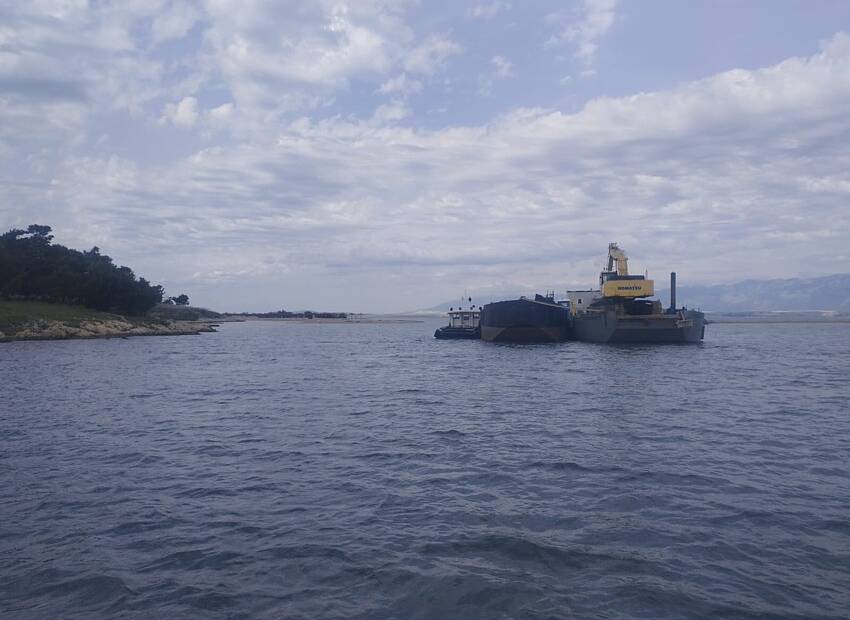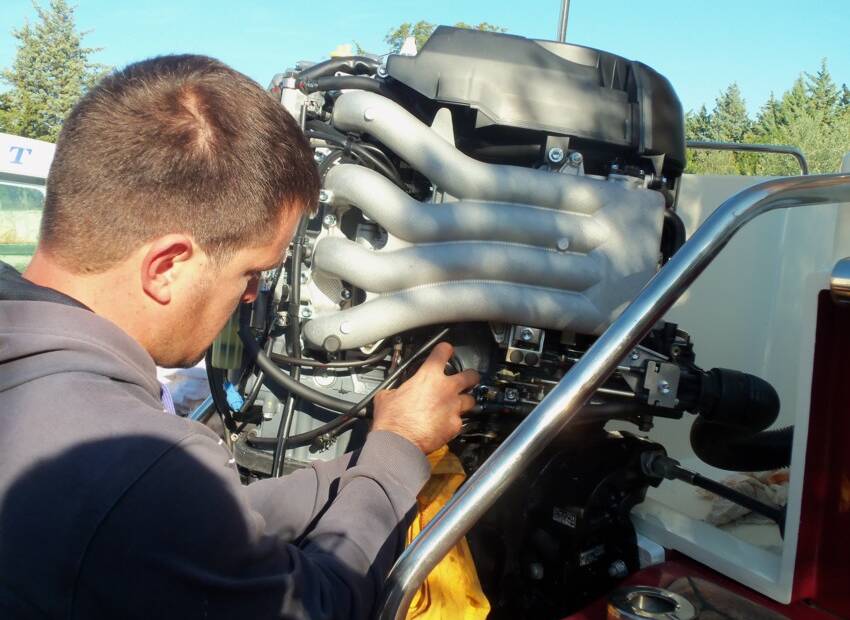ALEXANDRIA, Va., July 21, 2014 – While standing at the end of your boat dock, you see a person struggling in the water. Do you recognize that the person is drowning, or is something else going on? And what should you do? Doing the right thing could help save someone else's life, and might keep you from losing yours.
Electric Shock Drowning (ESD) occurs when faulty dock or boat wiring causes electricity (alternating current or “AC” power) to enter fresh water and pass through a swimmer. The swimmer does not need to be touching the bottom, a boat or dock structure, and even minute amounts of electricity can be incapacitating. As more light is shed on this danger, it is likely that some ESD fatalities have been misidentified as drowning, preventing awareness of this summertime boating danger. The risk of ESD is greatest in fresh or brackish waters, so some areas such as estuaries or rivers may only be in the danger zone after heavy rains. In saltwater, electrical current takes the path of least resistance, bypassing swimmers.
Unlike a drowning swimmer, who typically can’t yell out for help because their mouth is mostly underwater, an ESD victim is often confused about what is happening to them, may be able to shout, and will feel numbness, tingling, pain and paralysis. A drowning victim often looks “playful”, moving their arms in a ladder climbing fashion, while an Electric Shock Drowning victim looks “distressed” and may simply roll onto their back – if wearing a life jacket - or roll face down into the water, totally unresponsive.
A typical drowning can take as up to a minute for an adult or just 20 seconds for a child, with the victim’s arms moving in a climbing-a-ladder type motion, taking quick gulps of air, with the mouth below the water much of the time. ESD victims can be instantly paralyzed and not move at all.
So what do you need to do for both cases? Don’t jump in the water – call 911, and follow the “Reach, throw, row, but don’t go” mantra. Only a professional lifeguard has the training to handle a drowning victim. Far too often, news reports show well intentioned rescuers increase the fatality count. If the problem is ESD – which may not be abundantly clear – going in the water could kill you.
Whether the person is drowning or suffering from ESD, use an oar, boathook or throw a floatation device, or get into a boat and try to reach the person from there. Do everything you can – tossing a line, throwing life jackets, grabbing a nearby dinghy – but don’t go into the water yourself. Once you have retrieved the person, start CPR if there is no pulse. Automated Electrical Defibrillators are also becoming more common – just make sure the victim’s chest is dry.
For more information, parents, dock owners, boaters, and marina and boat club operators can go to the Boat Owners Association of The United States’ Electric Shock Drowning Resource Center at www.BoatUS.com/seaworthy/ESD.






















